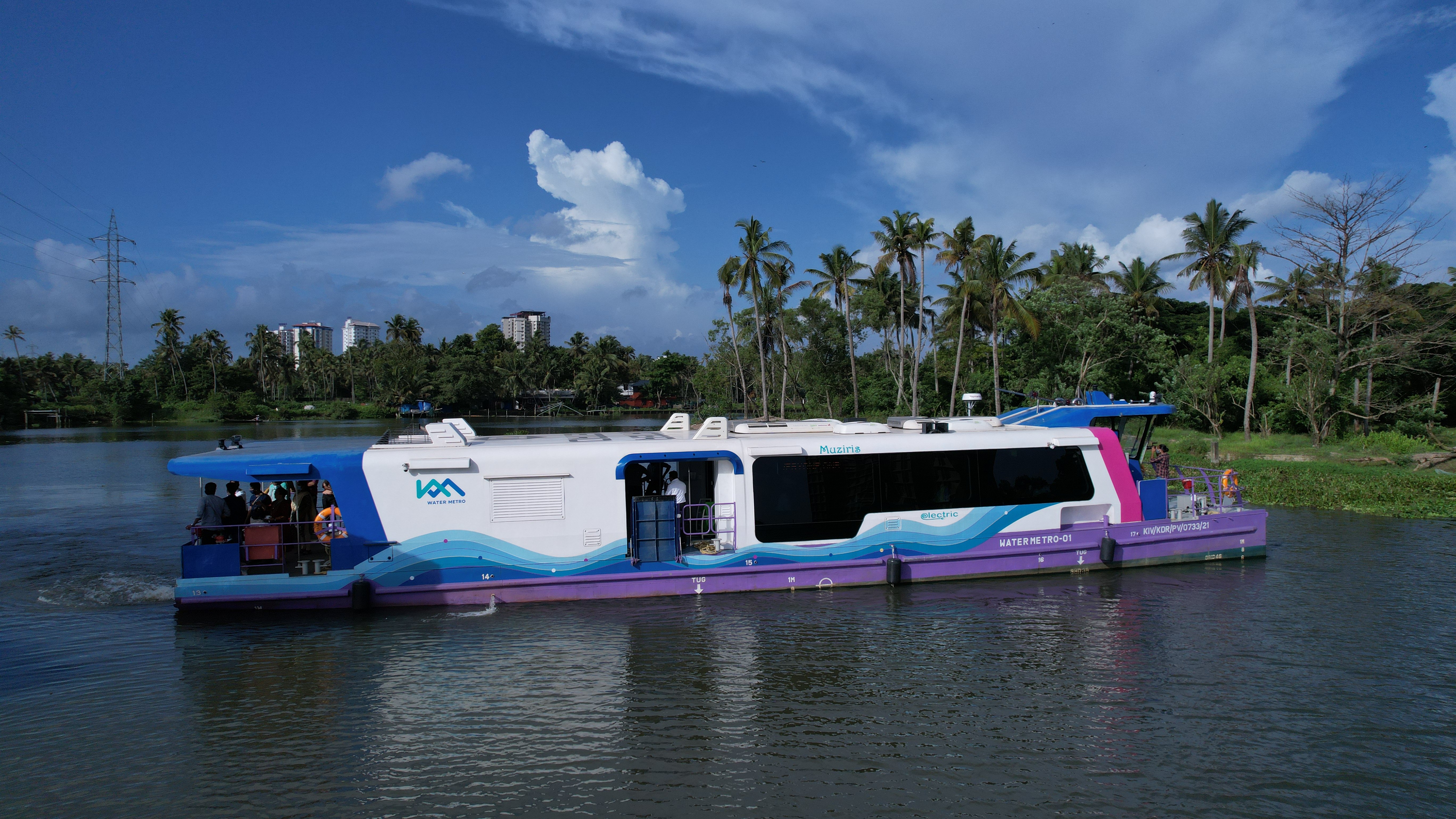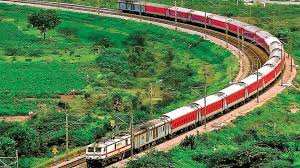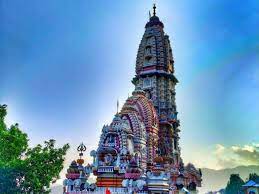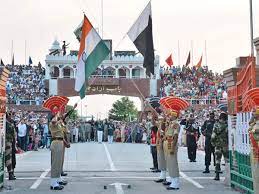METRO RIDE BOTH ABOVE AND BELOW WATER

Now just
like London and Paris, India is also going to get an underwater metro and above
water metro soon. Yes, the country's first underwater metro is going to start
soon. Testing is going on for this, after which it will be started. Whereas, Prime
Minister Narendra Modi has already inaugurated Asia's first water metro.
THE UNDERWATER METRO
The country's
first underwater metro will start in Kolkata, the capital of West Bengal, where
the metro will run 26 meters below the Hooghly River. It is believed that this
service will be started in December this year. The underwater metro will run on
the East-West corridor of Kolkata. For this, contracts were signed with
different companies in 2009. Work started in 2010. The biggest challenge on
this corridor was to build a 520-meter underwater tunnel in the Hooghly River
near the Howrah Bridge. Which took 13 years to complete. Now 8 stations have
been built here from Phase-1 to Salt Lake and Sealdah. The tunnel can withstand
earthquakes, if water leaks then it will be known immediately. Another challenge
in the underwater metro was waterproofing. Actually, this tunnel has been
built 26 meters below the river. In such a situation, first of all, it was
necessary to make sure that not a drop of water goes into the tunnel. Tunnel
maker Afcons did this work with the Russian company Transtunneltroy.
According to
company officials, it has been designed in such a way that if any water enters
the tunnel, its gaskets will open. This tunnel can also bear earthquakes. The
East-West Metro corridor is a total of 16.6 km long, here the metro will run at
a speed of 80 km per hour, so it will take less than a minute for the metro to
cross this 520-meter-long tunnel. There will be a total of 12 stations on this
corridor, half of these stations will be underground. This tunnel will be the
deepest tunnel in the country which is 30 meters below the ground. For this
tunnel built under the Hooghly River of Kolkata, the work of just digging went
on continuously for 67 days. According to the engineers, the digging of the
tunnel started in 2017. This work had to be done continuously because the fear
of leakage and subsidence was constant. In such a situation, the work could not
be stopped even for a single day.
THE WATER METRO
After the
underwater metro in Kolkata, now the above-water metro is about to start in
Kochi, Kerala. Prime Minister Narendra Modi inaugurated it in
Thiruvananthapuram on 25 April. Not only this country, it will be Asia's first
water metro. Kerala Chief Minister Pinarayi Vijayan has termed it as the dream
project of the state. The Water Metro project has been built in collaboration
with the Government of Kerala and KfW which is a funding agency. About Rs
1,136.83 crore has been spent in preparing this project. This project will
connect the port city of Kochi with 10 nearby islands. Battery-operated hybrid
boats will be used for the water metro. Special care has been taken for the
convenience of the elderly and differently-abled in the Water Metro. Fully air-conditioned,
these metros will be eco-friendly. Water Metro service will be available from 7
am to 8 pm. The Water Metro will be available at 15-15-minute intervals during
peak hours of the day.
78 electric
boats will be used in the water metro project. At present, this metro service
will be available between High Court to Vypin Terminal and Vittila to Kakkanad
Terminal. There will be a total of 38 terminals in this project. It will take
20 minutes to cover the distance between Vypin and High Court and 25 minutes to
cover the distance between Vyttila and Kakkanad. Passengers will also be able
to travel in the water metro with the Kochi Metro card. Passengers will have to
use their Kochi 1 card for this. Not only cards, but passes will also be available
to travel by water metro which will be issued weekly, monthly, and for three
months. Apart from this, passengers can also book digital tickets if they wish. A weekly pass of the water metro should be available for Rs 180, which can travel 12
times. You will have to pay Rs 600 for a monthly pass in which you can travel
50 times. Whereas for three months i.e., 90 days pass, you will have to pay Rs
1500 so that you can travel 150 times.
You may like post

HIDDEN INDIAN SITES WORTHY OF UNESCO
Exploring India’s Sites That Should Be on the UNESCO World Heritage List

A JOURNEY THROUGH COUNTRIES THAT START WITH K
Discovering Countries That Start with K








